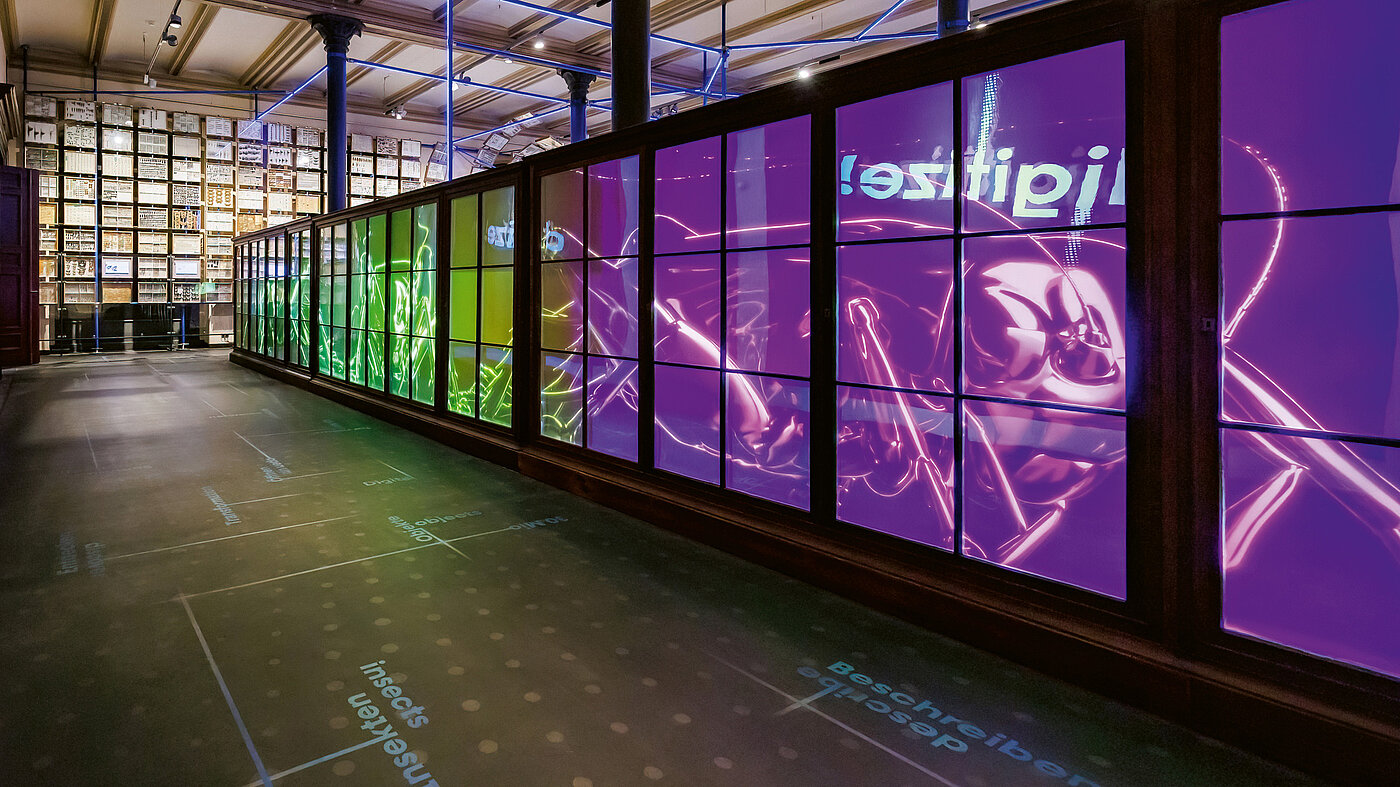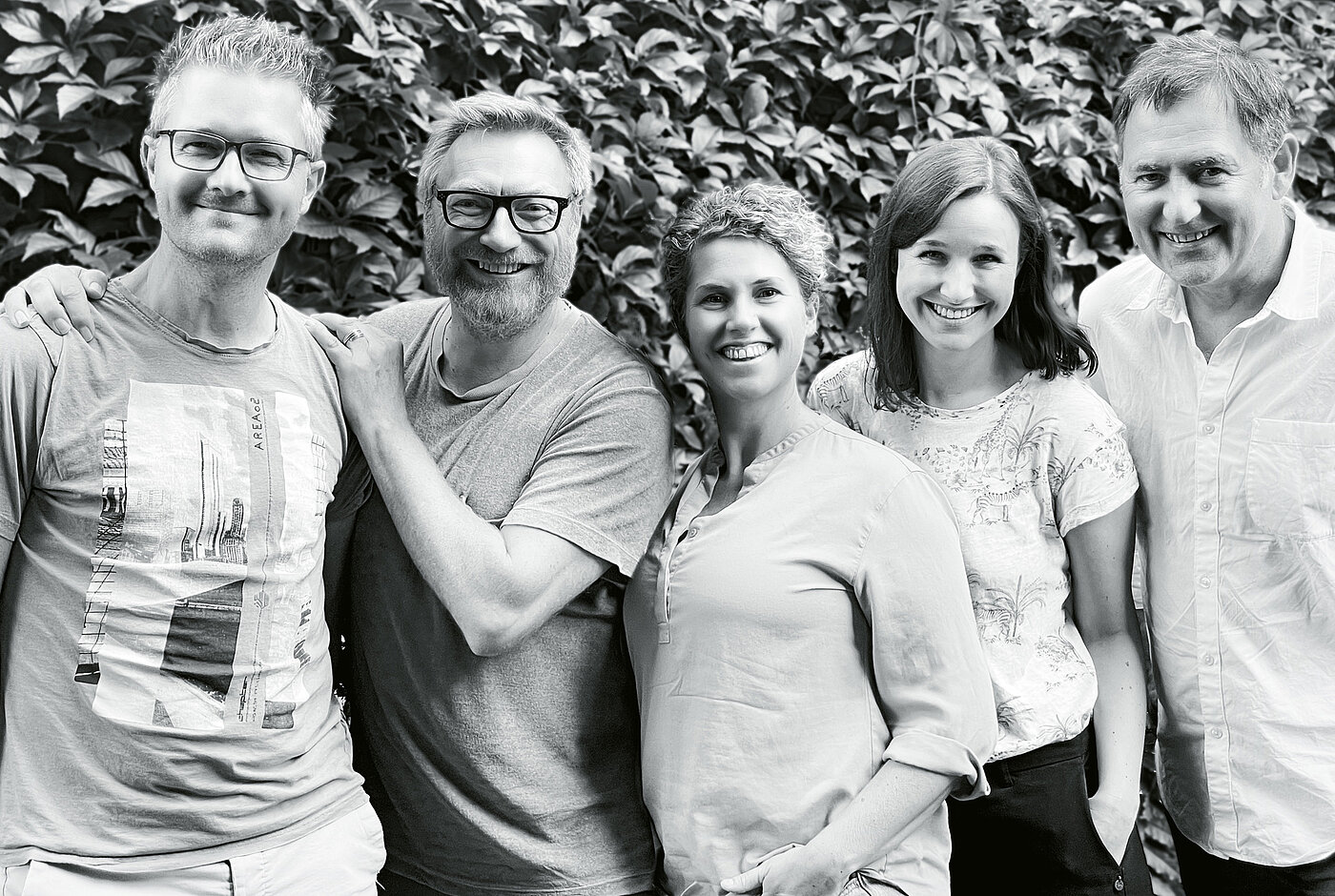
The interdisciplinary exhibition team at the Museum für Naturkunde, the natural history museum in Berlin, is made up of around 20 people with backgrounds in design, natural sciences, humanities and media technology. It has been developing and implementing in-house exhibition projects since 2008. This special set-up enables the team to create its own exhibition content and design, resulting in authentic products. Depending on the current project, the core team is supplemented with additional internal or external experts. In addition to the development of special, mobile and permanent exhibitions, a focus is placed on education and consultancy work.
Interview with Museum für Naturkunde Berlin
Red Dot: “digitize!” makes the process of digitising a museum collection visible to people at the museum, and even the digitisation line is part of the visitor experience. Why?
Museum für Naturkunde Berlin: The Museum für Naturkunde in Berlin is currently in the midst of a renovation project that involves, among other things, the refurbishment of the building and the digitisation of the museum’s collections. We want to communicate this to visitors and make the processes evident in a very vivid and exciting way. The digitisation line and the surrounding exhibition allow visitors to experience the many steps of the process, from historical collection object to digital copy.
What are the advantages of a digitised collection?
There are some 30 million objects in the collection, many of them so unique, old, fragile or small. Digitised images offer new possibilities for presenting the diversity of nature and telling exciting stories. At the same time, they simplify access to the collection for scientists and users around the globe, who can retrieve data with just a few mouse clicks instead of having to travel halfway around the world.
How can people access the digital exhibits, and why did you choose those specific media channels?
Almost a million people visit us each year, and they have a very wide range of interests. We try to cater to those interests as broadly as possible and, particularly, to communicate key messages via different channels. In the case of “digitize!” we mainly worked with digital media – it just made sense. The exhibition communicates content via story videos, large-scale installations and projections, as well as interactive touch elements and augmented reality.
The exhibition and video present the digital transformation as the museum’s future. How did you use design tools to emphasise that?
We are real sticklers for consistency in design – from outdoor advertising to exhibit signage. Transformation and movement were important keywords for scenography and communication design, because they allowed us to transpose an abstract theme into a tangible spatial experience. This transposition was achieved through a choice of materials, shapes, colours and structures that form the basis for the two- and three-dimensional presentation. From typography to spatiality – everything is in motion, and everything is in a process of transformation.


